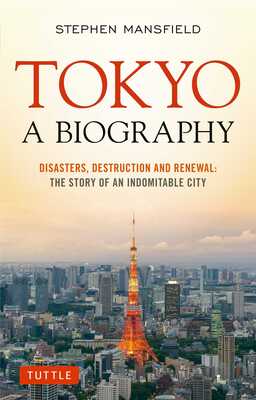
Reflecting Fuji’s transcendent quality, the unquestioned notion that it was the most proximate peak to heaven, an inordinate number of shrines in Edo were dedicated to the deities that resided on the mountain. Each of these places of worship contained a miniature Mount Fuji within their grounds, where devotees, unable to make the pilgrimage to the real mountain, would climb and offer prayers. On “mountain-opening day” supplicants would offer prayers to the rising sun from these diminutive, easily scaled peaks.
The moment the captain appeared, an affectedly loud voice called out, “Oranda kapitan” (Holland captain), a signal for him to step forward and pay his respects. He was then expected to crawl forward on hands and knees to the spot where the presents brought by the Dutch were displayed, and to the high seat of the shogun. Crouching on his knees, he bent his head to the floor and then, like a lobster, crawled back, all this without one word being exchanged.
Murderers were buried alive with their heads protruding from the earth. A saw was conveniently placed nearby. Passersby, if so inclined, could pick up the tool and sever the head, which would then be placed on a pike at the end of the bridge.
Little-understood geological occurrences like earthquakes were blamed on an outlandishly sized earth spider; in the later years of Edo, seismic activity was attributed to a giant catfish that caused tremors when it became disgruntled and thrashed its tail. In a world where supernatural forces and divination were inseparable from quotidian life, natural disasters were interpreted as a form of divine retribution.
Forbidden to wear vibrant colors and silk, the outward attire of the merchant class became sober, but silken fabrics of the highest quality were sewn into the underside of their modest cotton apparel.
A conspiratorial irony was maintained in order for the authorities to keep face: the ruling class would pretend they were affluent; the merchant class would affect an appearance of penury.
On the night of September 13, at the moment the guns of the Imperial Army signaled the departure of Emperor Meiji’s cortege, General Nogi Maresuke, a flawed hero of the Russo-Japanese War, committed junshi, an ancient, little-practiced form of ritual suicide in which a retainer follows his lord in death. Before the general conducted his own disembowelment, he assisted his wife in severing her carotid artery. The public response was mixed, some criticizing the act as retrogressive, nationalists praising it as the ultimate expression of imperial fealty.